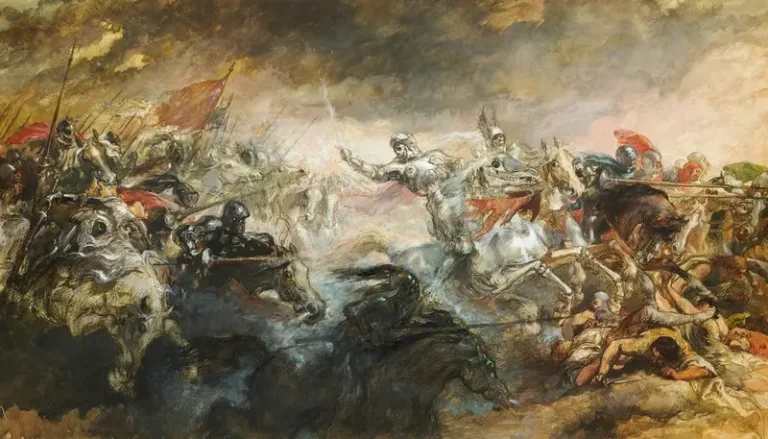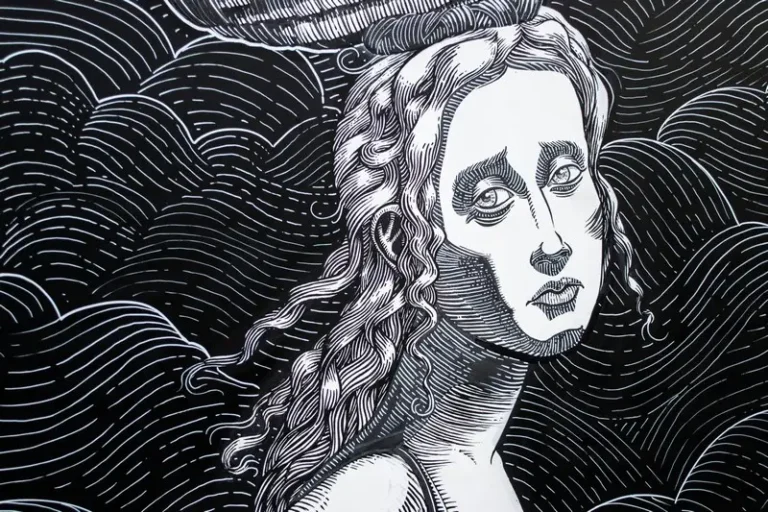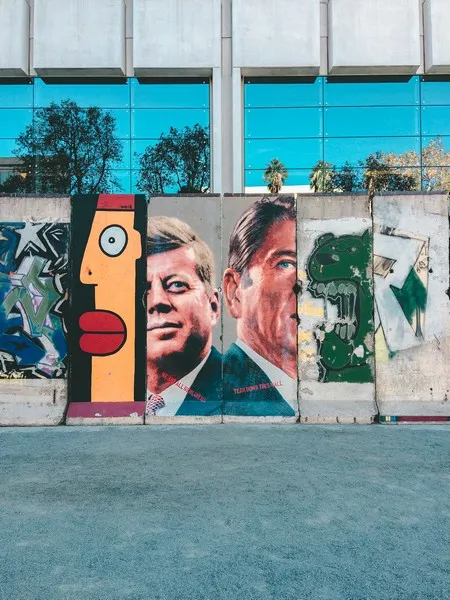Table of Contents
- Introduction: Understanding Emergence in Social Life
- What Is Emergence? A Sociological Perspective
- Art as an Emergent Social Phenomenon
- Emergence in Artistic Forms and Styles
- Art, Emergence, and the Social Imaginary
- The Digital Age: Accelerated and Algorithmic Emergence
- Implications for Sociological Study
- Conclusion: Art as a Mirror and Motor of Emergence
Introduction: Understanding Emergence in Social Life
The concept of emergence is central to contemporary sociological thought. In essence, emergence refers to the process by which complex systems and patterns arise out of a multiplicity of relatively simple interactions. Emergence defies reductionism: it asserts that the whole is more than the sum of its parts. Within sociology, emergence is used to explain how social structures, institutions, and cultural phenomena evolve from individual actions and interactions, gaining properties that cannot be predicted merely by analyzing those individuals in isolation.
When applied to art, emergence becomes a powerful analytical lens. Art, whether visual, performative, auditory, literary, or digital, can be examined as both a product and a process of social emergence. The meaning of art, its social functions, and its aesthetic value are not simply inscribed by the intentions of the artist but emerge through collective interpretation, historical contexts, institutional framing, and the dynamic interplay of cultural production and consumption. The experience of art itself—the reception, critique, reproduction, and adaptation—also follows emergent trajectories that sociologists must trace across time and space.
This article explores the concept of emergence in relation to art, offering sociological insights into how artistic forms arise, change, and acquire meaning in society. It emphasizes the value of emergence as a conceptual tool to understand the aesthetic, cultural, institutional, and technological dimensions of art in modernity.
What Is Emergence? A Sociological Perspective
Emergence is a foundational concept in systems theory, complexity science, and cybernetics, but it has also been adapted in sociology to describe the genesis of social facts, norms, and collective phenomena. It refers to phenomena that arise when entities interact in such a way that new patterns, structures, or properties become visible—patterns that cannot be wholly understood by examining the individual entities in isolation.
Key characteristics of emergence include:
- Non-reducibility: Emergent phenomena cannot be fully understood by analyzing individual components alone.
- Novelty: Emergent properties are qualitatively different from the properties of their parts.
- Self-organization: Emergent systems exhibit patterns that arise without central coordination.
- Context-dependence: Emergence occurs within specific social, historical, and cultural contexts.
- Iterative complexity: Emergence often results from recursive interactions that amplify over time.
Sociologists use the idea of emergence to study how:
- Social norms develop from repeated patterns of individual behavior and shared meanings.
- Cultures form and evolve through everyday interactions, symbolic exchanges, and ritual practices.
- Institutions stabilize and persist despite the impermanence of individuals within them.
- Meaning and value are constructed collectively, subject to contestation, reinterpretation, and change.
These insights pave the way for examining art not as isolated expression but as a socially generated and socially generative phenomenon.
Art as an Emergent Social Phenomenon
Art is not a static object but a dynamic, historically embedded, and interactional social phenomenon. It arises through layers of interaction among individuals, institutions, discourses, and material environments. Sociologists view art as a domain where cultural forms are continually negotiated and redefined.
The Artist and the Social World
Artists do not create in a vacuum. Their work is embedded within broader social structures, cultural traditions, and institutional contexts. Pierre Bourdieu’s field theory is instructive here: artists occupy a position in a cultural field that includes critics, audiences, galleries, educational institutions, and funding bodies. This field is characterized by struggles over legitimacy, prestige, and capital—economic, cultural, and symbolic.
Artistic creativity is itself emergent because it arises from:
- Training and socialization within particular art schools, genres, or movements.
- Exposure to and negotiation with prevailing aesthetic norms and their counterpoints.
- Engagement with shifting political climates, economic constraints, and technological affordances.
- The internalization of social histories and external demands from the art market or state institutions.
The artist’s positionality—class background, gender, race, location—also mediates what is seen as creative, disruptive, or avant-garde.
The Collective Nature of Interpretation
The meaning of an artwork is never intrinsic or fixed. It is produced through interpretive communities, public discourse, critical frameworks, and the structures of reception. This process illustrates hermeneutic emergence—the idea that meaning arises dialogically, through interaction and contestation rather than unilateral imposition.
Audiences do not merely consume art; they co-create its significance. They bring to bear their own habitus, cultural literacy, ideological positions, and emotional orientations. Over time, interpretations sediment into shared understandings, which may become hegemonic or may be radically contested.
For example, the initial reception of a work may differ dramatically from its later status in the cultural canon. Vincent van Gogh’s paintings, largely dismissed during his lifetime, later emerged as masterpieces. This transformation exemplifies the emergent nature of cultural value, shaped by the interplay of markets, museums, scholarly discourse, and popular imagination.
Institutions and the Canon
Artistic canons are not natural or universal; they are emergent constructs developed through institutionalized processes. Museums, galleries, academic departments, cultural ministries, and media outlets all play a role in constructing what counts as “great” or “authentic” art. These institutions do more than curate—they shape aesthetic standards, authenticate authorship, and mediate access to audiences.
Changes in the canon often reflect broader social transformations. For instance, the inclusion of marginalized voices in contemporary art history—such as women artists, queer artists, artists of color, and artists from the Global South—reflects the emergence of new critical movements and political demands. Feminist art history, postcolonial studies, and queer theory have all contributed to a re-emergence of previously overlooked forms and figures.
Emergence in Artistic Forms and Styles
Emergence can be vividly observed in the evolution of artistic forms and aesthetic styles. Major artistic movements do not typically originate from isolated acts of genius but from sustained interactions among collectives of artists, patrons, critics, and audiences. Artistic change is emergent because it evolves through experimentation, imitation, rupture, and institutionalization.
Consider the following examples:
- Impressionism emerged in 19th-century France as artists like Monet and Renoir collectively broke with academic painting conventions. The techniques of loose brushwork, emphasis on light, and depictions of everyday life formed a style only retrospectively labeled as such.
- Street art and graffiti evolved from subcultural practices into globally recognized and commodified art forms. This emergence involved processes of resistance, appropriation, and eventual institutional validation by art markets and museums.
- Digital art has emerged from the convergence of technological innovation, internet subcultures, and new modalities of image-making and interactivity. Its legitimacy as “real” art is still being negotiated through institutional discourse and the practices of digital-native audiences.
Each of these styles emerged through decentralized, often contested, and context-dependent processes. They remind us that form, medium, and technique are socially embedded and historically contingent.
Art, Emergence, and the Social Imaginary
Get the full article AD FREE. Join now for full access to all premium articles.
View Plans & Subscribe Already a member? Log in.





